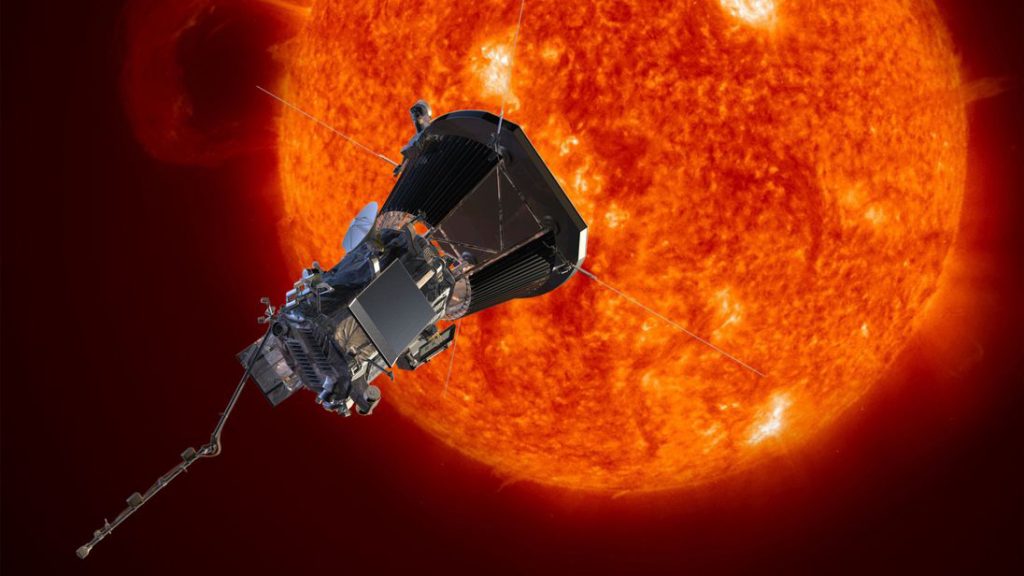Washington: NASA’s Parker Solar Probe has completed 16th closest approach to the Sun, or perihelion, the agency said.
On June 22, the sun-kissing spacecraft came within 5.3 million miles of the solar surface while moving at 364,610 miles per hour.
Cruising through the sun’s super hot outer atmosphere, called the corona, the spacecraft emerged from the solar flyby healthy and operating normally, NASA said.
On August 21, Parker Solar Probe will also swing past Venus for its sixth flyby of the planet on its way to the Sun’s corona.
This flyby will be the sixth of seven planned flybys of Venus during Parker’s primary mission. Parker uses Venus’ gravity to tighten its orbit around the Sun and set up a future perihelion at just 4.5 million miles from the Sun’s surface.
As the Sun becomes increasingly active, this perihelion will be especially important to learning more about heliophysics.
Launched in 2018, the Parker Solar Probe, aims to explore the mysteries of the Sun.
The primary science goals for the mission are to trace the flow of energy and understand the heating of the solar corona and explore what accelerates the solar wind. Parker Solar Probe also provides a statistical survey of the outer corona.
Unlike Earth, the Sun doesn’t have a solid surface. But it does have a superheated atmosphere, made of solar material bound to the Sun by gravity and magnetic forces.
The spacecraft is scheduled to make a total 24 close passes to the Sun. The next is scheduled for September 27.
